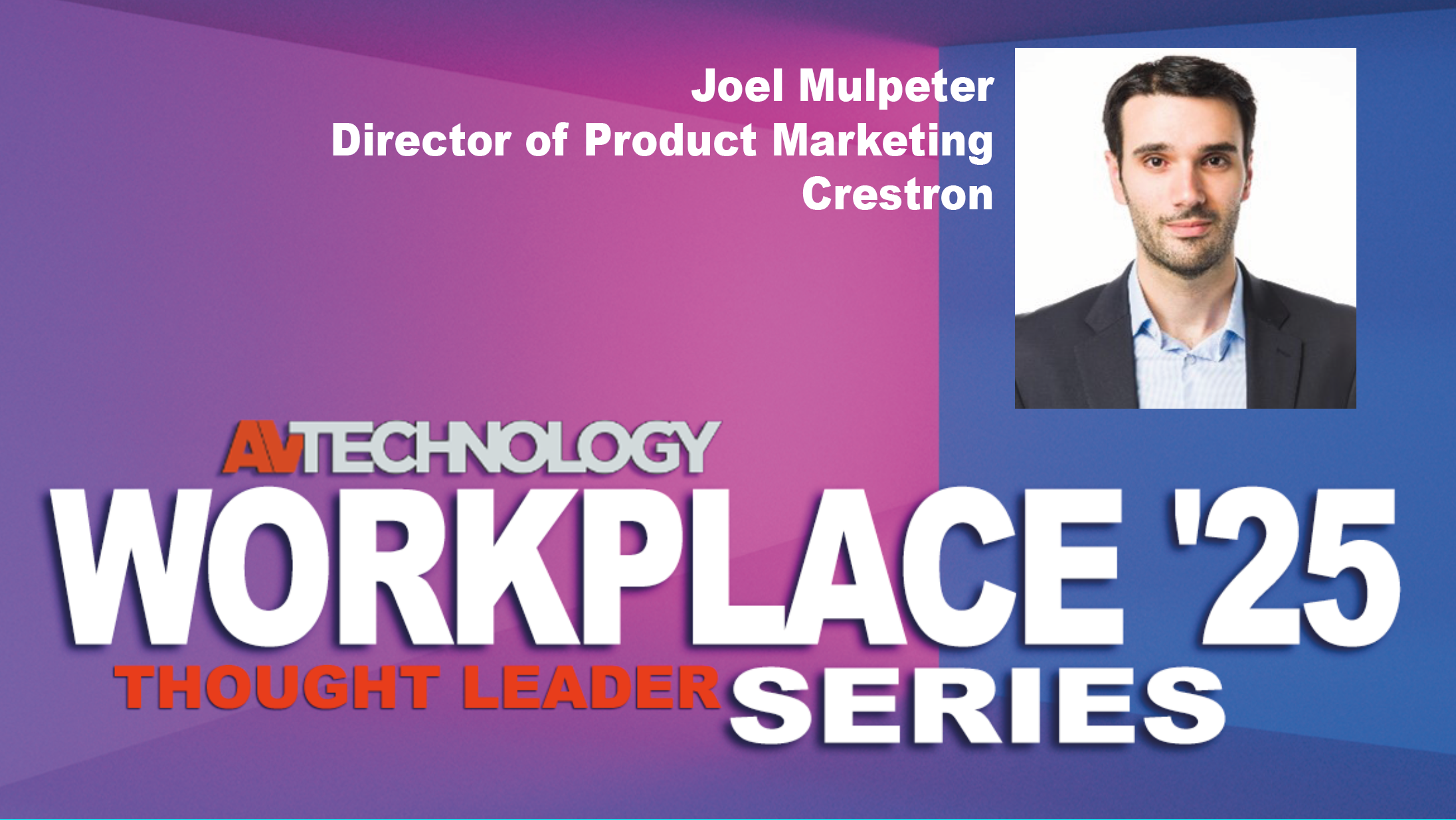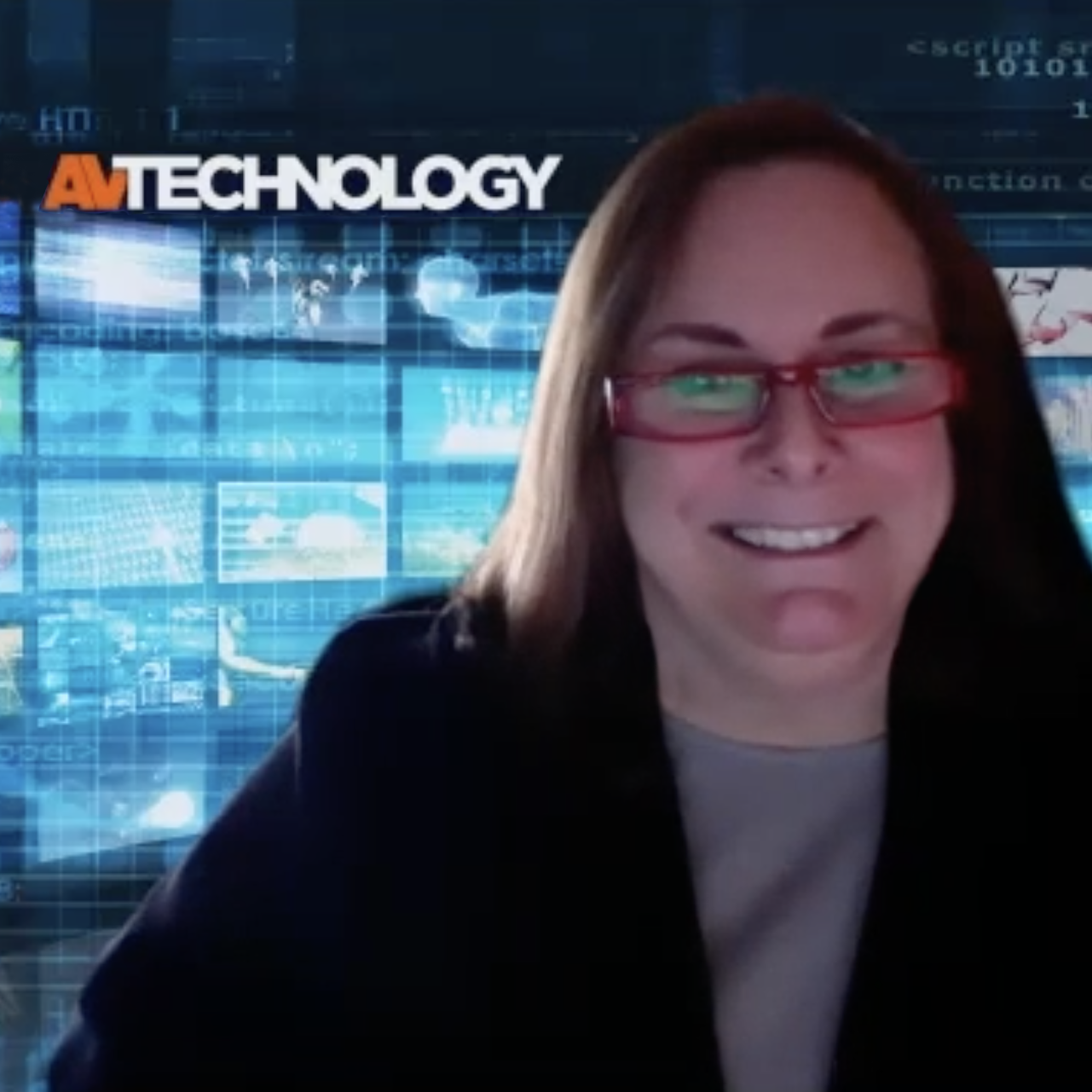AVT Question: Please share how technologies are helping to reshape the workplace and create user-friendly environments.
Thought Leader: Joel Mulpeter, Director of Product Marketing at Crestron
As Crestron’s Brad Hintze noted in a recent edition of our magazine, Smarter Spaces, “Following years of chasing a perfected hybrid working model, many organizations are now considering mandatory office attendance. For many, it’s a major change as many employees who have built their recent work lives around remote and semi-remote or hybrid working will eventually be required to attend the office full time in the near term.”
We’d already begun to consider this trend—when an employee is required to split their time between home and headquarters, making the transition as frictionless as possible and keeping the in-person experience as engaging and productive as the remote office become top priorities.
Visual AI programs can go a long way toward ensuring that cameras are always attuned to a speaker or presenter, but thoughtful design, including changing the room orientation and implementing curved or trapezoidal conference tables, can help guarantee the best results." —Joel Mulpeter, Director of Product Marketing at Crestron
We had written about this in a previous edition of Smarter Spaces: “Designers are rethinking traditional paradigms to create hybrid conference rooms that work for everyone—in person and remote—which means designing for the camera as much as the people in the room. It also means rethinking that rectangle. We have to design so everyone has eye-to-eye contact with remote participants and any displayed content. But we can’t lose what we know about in-room collaboration that works, which includes everyone in the room being able to see one another as well.”
Visual AI programs can go a long way toward ensuring that cameras are always attuned to a speaker or presenter, but thoughtful design, including changing the room orientation and implementing curved or trapezoidal conference tables, can help guarantee the best results. It’s also vital to ensure the right lighting and shading solutions are deployed, and that user interfaces are designed to be as intuitive as possible.
All of this demands that integrators work closely with the team designing the physical office. That’s why it’s so important to involve a technology professional early in the design process and facilitate discussions with end users in order to bring the right technology into the mix.

